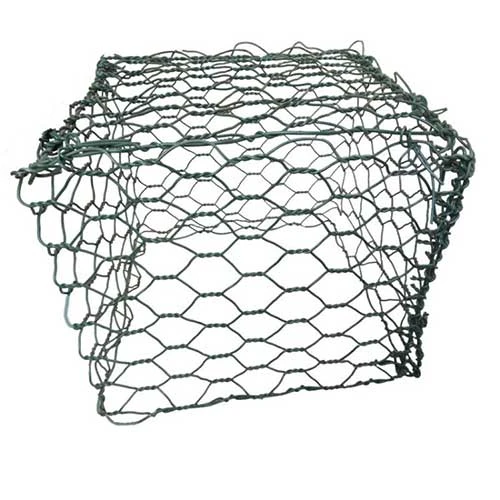-
 Phone:
Phone: -
 Email:
Email:

Effective Slope Protection Techniques Utilizing Rock Netting for Improved Stability and Safety
Rock Netting for Slope Protection An Essential Solution for Erosion Control
In recent years, the increasing awareness of environmental issues and land stability has brought attention to the need for effective erosion control measures. One of the most reliable and effective solutions is rock netting, a technique that provides slope protection against soil erosion and landslides. This article will explore the principles, benefits, and applications of rock netting in slope protection.
Understanding Rock Netting
Rock netting involves the installation of a durable net system, typically made from high-tensile steel wire or synthetic materials, over loose rock or soil on a slope. This netting secures rocks in place, preventing them from dislodging due to gravity or water runoff. The method can be used in various environments, from highways to mountainous regions, helping to stabilize steep slopes while creating an aesthetic natural appearance.
The design of rock netting systems ensures that they can withstand significant forces from falling rocks, water flow, and other environmental factors. The systems can be adapted to various slope angles and soil types, making them versatile for different geological conditions.
Benefits of Rock Netting
1. Erosion Control One of the primary advantages of rock netting is its ability to control erosion. By holding rocks and soil in place, the netting reduces sediment runoff and minimizes the risk of landslides, protecting both the environment and infrastructure.
2. Cost-Effectiveness Compared to other erosion control measures, such as retaining walls or extensive vegetation systems, rock netting is often more cost-effective. The installation process is typically faster and requires fewer materials, allowing for more rapid deployment in vulnerable areas.
3. Eco-Friendly Rock netting systems are generally made from reusable and recyclable materials. Additionally, they can promote the growth of native plant species in the area, leading to further stabilization of the slope and enhancing local biodiversity.
4. Aesthetic Appeal When installed correctly, rock netting blends well with the natural landscape. This makes it an attractive option for areas where visual impact is a concern. The natural look of exposed rock combined with vegetation growth can enhance the overall aesthetic of the environment.
rock netting slope protection

5. Low Maintenance Once installed, rock netting systems require minimal maintenance. They are durable and capable of withstanding harsh weather conditions, which means they can often last for years without significant repairs.
Applications of Rock Netting
Rock netting can be utilized in a variety of applications, including
- Transportation Infrastructure Roadway embankments and cut slopes are prone to erosion. Rock netting provides vital support to keep roads safe and passable.
- Mining Operations In areas with mining activities, maintaining slope stability is crucial. Rock netting helps contain loose materials and provides a safer working environment.
- Construction Sites Temporary netting solutions can protect ongoing projects from potential landslides or erosion, ensuring safety and project integrity.
- National Parks and Reserves Rock netting is used in environmentally sensitive areas to prevent erosion while preserving natural landscapes.
Conclusion
In conclusion, rock netting is an essential technique in slope protection and erosion control. Its numerous benefits combine to offer a robust, eco-friendly, and visually appealing solution to mitigating the dangers of land instability. As environmental challenges grow, implementing such strategies will be critical to maintaining the balance between development and ecological preservation. Investing in rock netting technologies ensures safer, more stable landscapes for future generations.
-
Reinforce Your Projects with Versatile Hexagonal Wire MeshNewsSep.12,2024
-
PVC WireNewsSep.12,2024
-
Maximize Your Closet Space with Clothes Hanger WireNewsSep.12,2024
-
Enhance Safety and Stability with Premium Rock Netting SolutionsNewsSep.12,2024
-
Bucket Handle WireNewsSep.12,2024
-
Baling Wire: Your Ultimate Solution for Securing and BundlingNewsSep.12,2024
-
What’s the Cost of Securing Your Property? Breaking Down Barbed Wire Fence PricesNewsAug.30,2024








